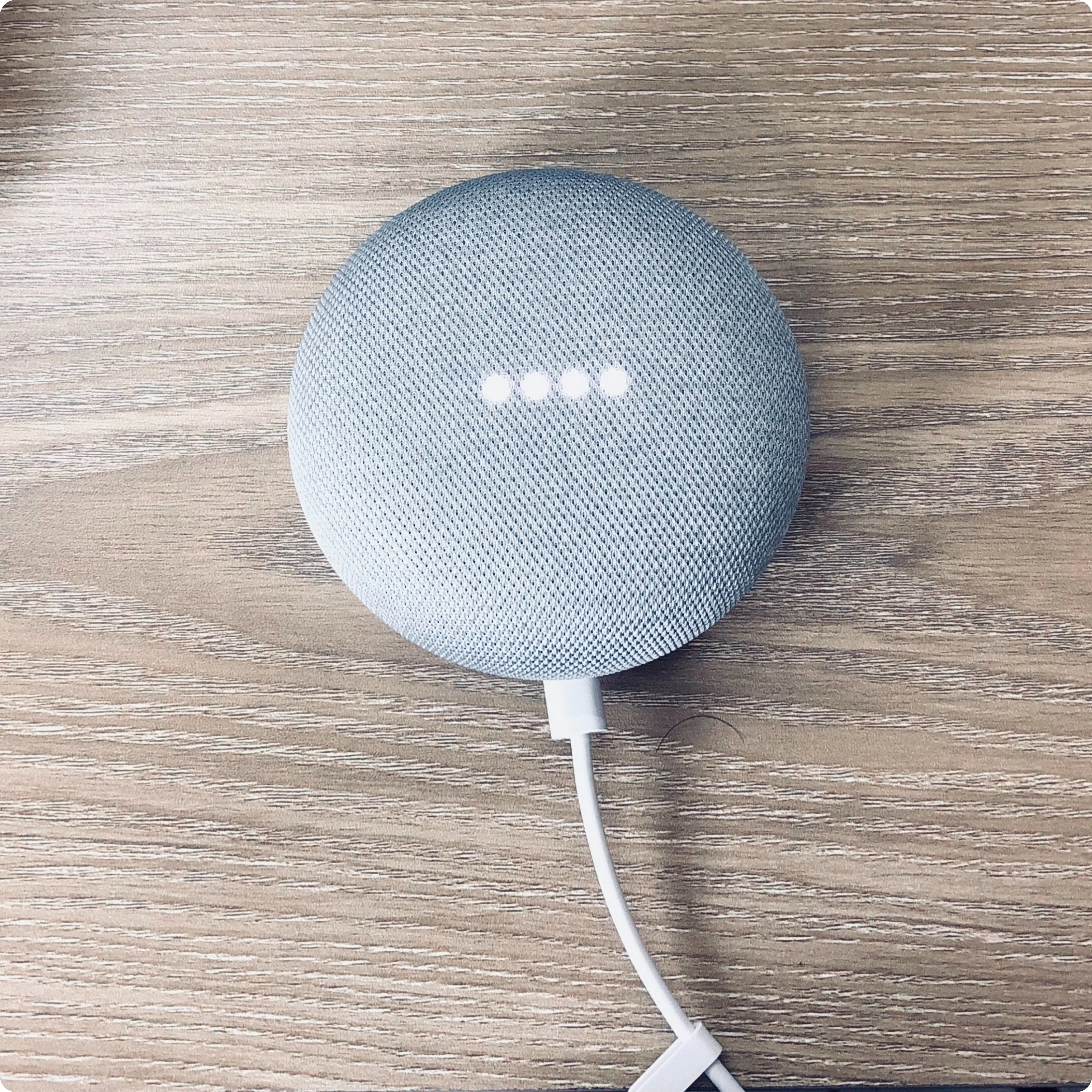The one who is in debt…
Credit payments have historically not been very popular in Sweden. Although 49% of Swedes have access to a credit card, it is clear that paying via card is not the first choice either online or offline. In the Riksbank’s report “Swedish people’s payment habits 2022,” it appears that only 17% of people in Sweden use credit cards as one of their primary payment options for e-commerce.
When it comes to young people in particular– and credit, the pattern becomes particularly interesting. Only 13% of 18-24 year olds have access to a credit card, compared to bank (debit) cards (97%.) A partial factor is likely that it is more difficult for younger people to pass credit checks for the cards; but whatever the reason, the result is that young people tend to rely much less on credit options and more on direct payments.
The trend also persists when it comes to alternative credits such as invoice services. Here, it is Baby Boomers (ages 65-84) that mainly prefer to pay via invoice. In fact, 65% of them report it as one of their main payment options for internet purchases. In the younger age group, by comparison, the corresponding figure is only 31%. For these youngsters, the preferred options are debit cards (67%), and direct bank payment through Swish (39%) or a similar app.

New payment options are increasing
Swedish users have always been quick to adopt technical solutions to facilitate everyday life and remove unnecessary steps. There are many contributing factors and conditions for this: a high level of education and technical understanding, high trust in authorities and social infrastructure, and a long history of technological innovation in the workplace. No one says “no” when it comes to increased efficiency.
When Nets researched what customers prioritize when it comes to payment methods, it is unsurprising that security, simplicity, and speed stand out as the most important. Possibility of partial payment, post-invoicing, and bonus points are less favored. Read more about this in Nets’ Ecommerce Report- Sweden 2022. New payment options often increase in popularity precisely because they facilitate purchases. While direct payment with the mobile phone via Swish is one of the favorites, so is invoice payment (in which it is often not the credit itself that attracts, but the fast and smooth check-out in the webshop.)
Another new option on the rise is direct bank payment, which is now tested by 31% of Swedes. Trustly offers direct payment from the customer’s bank account to the merchant’s (also called account-to-account) via a Swedish-developed technology that is now anchored in the EU’s regulations (e.g. in the form of the PSD2 directive.) For the customer, this means a flexible payment solution that does not require keying in numbers from payment cards, registering new accounts, or handling overdue invoices. The customer simply approves the purchase using BankID, so-called Strong Customer Authentication, directly in one’s checkout. The whole process takes approximately 10 seconds. The money is transferred directly across Europe, without intermediaries, risks, or unnecessary costs.

How many payment options should an e-retailer offer?
Nets’ online checkout solution aims to offer the highest rate of purchase success, and gives connected e-merchants easy access to all leading payment options. So is it best to activate all of them and let the customer choose which payment method? Or is it better to focus on a few selected ones? Unfortunately, there is no completely obvious answer to this question, and it is probably something that each individual merchant must experiment with based on their customers’ behaviors and habits. Note that studies indicate that 9% of customers are at risk of abandoning a purchase if their usual payment option is not available.**
With this in mind, there may be advantages in offering slightly more options and letting the customer choose, not least for those who operate in several different markets. Preferences can vary greatly between countries; some countries predominately offer credit payment options while others also include local direct alternatives (such as Swish in Sweden.) However, this must not happen at the expense of the entire checkout flow feeling unwieldy or unmanageable. If you have more payment options than can fit “above the fold” (the top part of the webpage which research shows is where the reader’s eyes are automatically drawn), there is likely room to simplify. If you look internationally, it is common to offer anywhere between three to five payment options at checkout such as:
- Card payment (mainly Debit)
- Direct payment
- Invoice payment
- Mobile payment (Swish in Sweden; Vipps in Norway)

Can you control the customer's choice?
Although the customer is “always right”, it is also important to decide which options offer you as the merchant the best conditions for success. We are in a phase of rapidly changing customer behavior, in which especially the younger generation is very open to new payment options, while classic options such as cards are still strong among older people.
Don’t be afraid to take a stand on your company’s needs as well. As is well known, the margins in e-commerce are often low, and reducing payment costs or lowering the risk of costly chargebacks or returns can be very valuable. This is precisely where direct payments have their advantages; as the name suggests, the number of intermediaries becomes fewer but also the security is higher through BankID – which in turn reduces the risk of fraud and chargebacks.
3 ways to influence your customers
Is it then possible to influence customer behavior? Obviously! Just look at how alternatives such as cash payments have gradually been phased out of physical commerce, and how they are now barely accepted anymore. This is a change that has largely been driven by the stores’ high costs for cash handling. As an e-merchant, there are a few different alternative approaches to influencing customer behavior at checkout:
1-Segment: Most obvious and drastic is to simply not offer payment methods that cost too much. The disadvantage is of course that you risk losing customers who become uncertain (see above), but perhaps fewer, more profitable customers can be a reasonable balance in your business?
2-Signal with order, size and color: It is hardly news that online users are directed to the top choices in a list. Often this is interpreted as a signal about what others usually choose, which has a very strong influence on our buying behavior in stores. Even purely aesthetic choices, for example signaling color choices or larger space, can make a certain alternative feel like the obvious and attract both eyes and preferences. As we established earlier, sSecurity is one of the main criteria for the customer when choosing between payment options, and here precisely the signals that the store gives become of great importance. What is perceived as a proven default choice also feels much safer. “If it works for others, it works for me”. This is exactly the same instinct that makes us want to buy things on top lists or with high customer reviews.
3-Discount: For those with particularly high order values, it can sometimes pay off with direct payment, which often comes at a fixed price instead of a percentage of the purchase amount. Direct payments can be offered to the customer at a discount for choosing these options. This strategy has been common not least among airlines and travel agencies, where the transaction value often exceeds 10,000 SEK, and it is then possible to offer the customer perhaps a 50-100 SEK discount. However, for those with lower order values, discounts of 5-10 SEK are probably not enough to influence customer behaviour. If you have repeat loyal customers, such a discount can also be made as a promotional offer that is phased out over time when the customers have tried and built up new habits. Then it may be possible to raise the amount slightly with the hope of creating lasting behavior.
—
- *Riksbanken – Svenska folkets betalningsvanor 2022 (SIFO Kantar)
- **Baymard Insitute – Checkout abandonment study
- ***NETS – Ehandelsrapport Sverige 2022
- ***Trustly – Payments
Learn more: Webinar January 19th at 9:00
More opportunity to learn
The payment pioneer Trustly has taken a deep dive into consumers’ thoughts about payments in Sweden and other parts of Europe. What determines their choice of payment method? Is it speed, security, or maybe something else entirely? Discover how Trustly has translated this insight into the development of their innovative payment solution and see their experiences from real checkout tests.
Join the webinar on January 19th at 9:00 and learn from Jacob Hager and his colleague from Trustly Markus Nilsson. (Webinar is in Swedish.)

Jacob Hager
Director Growth & Insight, Trustly
Jacob has worked in Consumer Goods, Tech and Ecommerce for 15 years across Europe, Asia and the US. Today he oversees market insight, analytics and shopper research for the Swedish Open Banking pioneer Trustly.
- Topics



